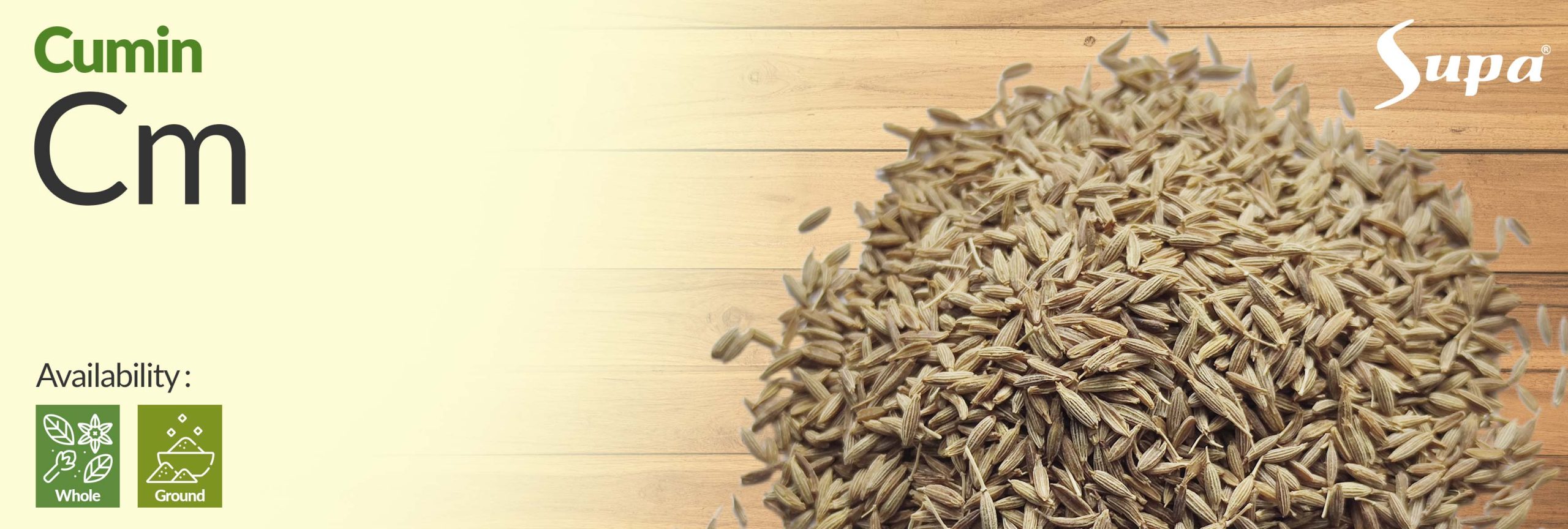
Cumin’s historical significance spans millennia and across diverse cultures. Evidence found in the pyramids of Egypt suggests that cumin was utilized more than 5,000 years ago, highlighting its enduring presence in human culinary traditions. In the Ancient Greek and Roman civilizations, cumin secured a place as a table seasoning, often used alongside salt to enhance the flavors of dishes. Roman naturalist Pliny the Elder held cumin in high regard, labeling it the “king of condiments.” The enduring influence of cumin is evident even today, as its combination with salt remains a favored seasoning in regions like Georgia and Africa.
With the advent of the 7th century CE, cumin’s reach expanded considerably. Arab traders included cumin in their spice caravans, disseminating it across diverse regions. The spice journeyed from North Africa to Iran, India, Indonesia, and China, where it became a foundational element of numerous regional spice blends. These include iconic mixtures such as baharat in the Middle East, garam masala and panch phoran in India, and ras el hanout in Morocco. These complex blends encapsulated the rich flavors and cultural diversity of the regions they emerged from, with cumin playing a pivotal role in their aromatic profiles.
The 16th century marked another significant chapter in cumin’s history as Spanish conquistadors introduced the spice to the Americas, most notably to Mexico. Over time, cumin became deeply ingrained in Mexican cuisine, reflecting the cultural exchange between the Old World and the New. This spice’s journey from the ancient pyramids of Egypt to modern kitchens worldwide exemplifies its enduring appeal and adaptability, making it an integral part of the culinary tapestry that connects various cultures across time and space.
Flavor: Cumin has a unique flavor characterized by its warm, nutty, and slightly peppery taste. Some describe it as having a subtle hint of citrus and a slight bitterness. The flavor of cumin intensifies when toasted or ground, releasing its aromatic compounds. Taste: When consumed, cumin delivers a rich and savory taste to dishes. It is often used in spice blends like curry powder, taco seasoning, and garam masala, where its bold taste complements other spices and herbs. Aroma: Cumin has a strong and distinctive aroma, often described as warm and musky. When added to cooking, cumin releases its aromatic compounds, filling the air with a fragrant and inviting smell.
Culinary Spice: Cumin is a popular spice used in cooking to add flavor and depth to a wide variety of dishes. It is a key ingredient in many spice blends, such as curry powder, garam masala, and taco seasoning. Seasoning: Cumin is used as a seasoning for meats, vegetables, and legumes. It is commonly used in dishes like chili, soups, stews, and rice pilafs. Traditional Cuisine: Cumin is an essential spice in various culinary traditions, including Indian, Middle Eastern, Mexican, and North African cuisines. It is a foundational spice in many regional dishes. Ayurvedic and Traditional Medicine: In Ayurveda and traditional medicine, cumin is believed to have various health benefits. It is used for its potential digestive and anti-inflammatory properties. Herbal Tea: Cumin seeds are sometimes used to make herbal tea, often combined with other spices or herbs for added flavor and potential health benefits.
Origin : India Botanical Name : Cuminum cyminum Composition : Cumin Color : Greenish Brown Moisture Content : Max 10% Shelf Life : 12 Months Loadability : 20 FCL Package : Carton Packing *For more detailed specifications, please feel free to contact us.

